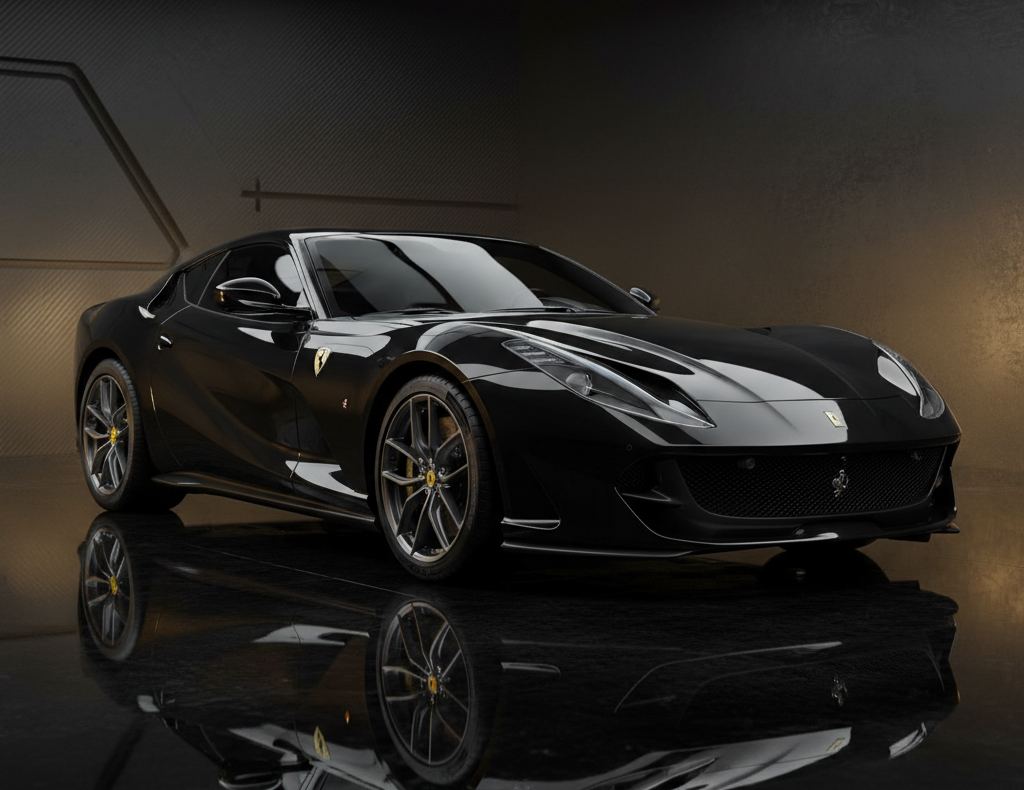
Hear from Our Customers
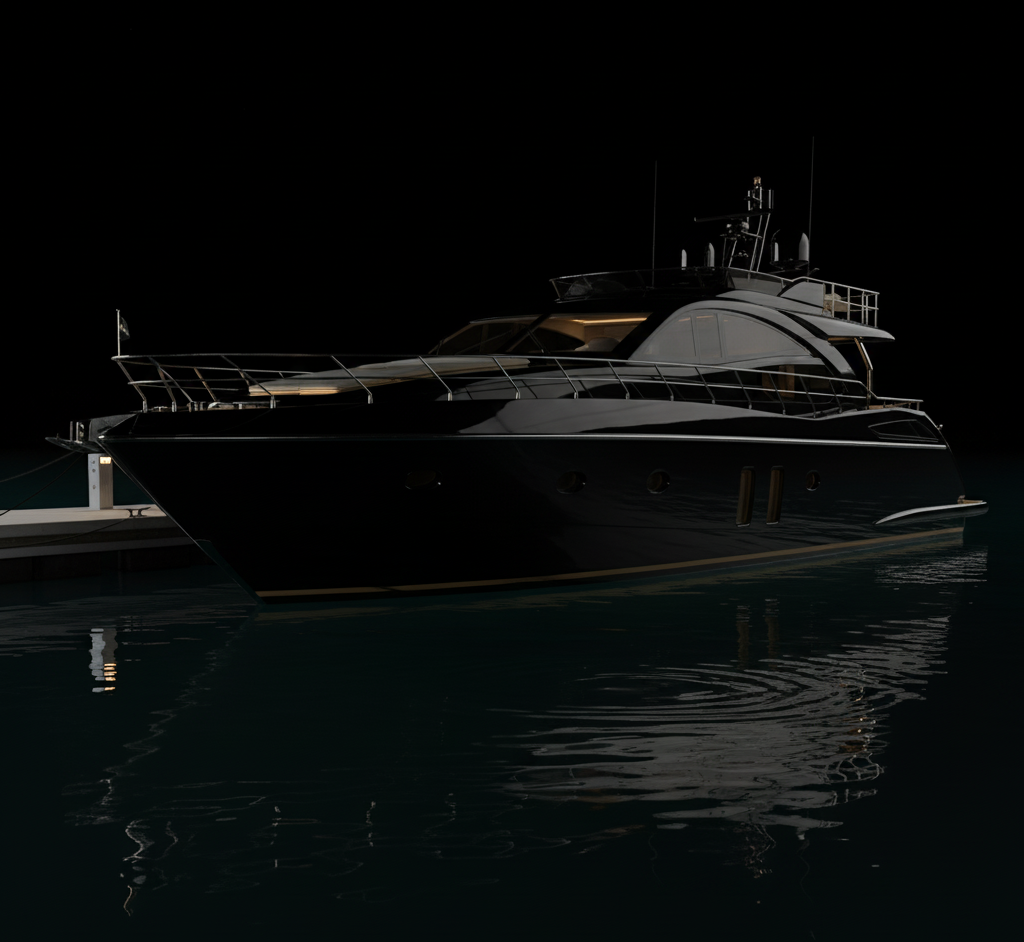
You’ve put serious money into your vehicles. Now they get the protection they deserve.
Our ceramic coating creates a molecular bond with your paint that traditional wax never could. Water beads off like it’s afraid to touch the surface. Dirt slides away with a simple rinse. UV rays that would normally fade your paint hit this barrier instead.
The result? Your car or yacht maintains that showroom finish for years, not months. No more constant waxing. No more watching your investment slowly deteriorate in the Hamptons sun and salt air.
Legacy Motors and Marine has built its reputation around one simple truth: exotic cars, luxury yachts, and high-performance vehicles require more than standard care.
Located in Port Jefferson Station and serving Water Mill’s discerning vehicle owners, we understand the unique challenges that come with protecting valuable assets in the Hamptons environment. The salt air, intense summer sun, and demanding seasonal use patterns require specialized solutions.
We don’t treat your Lamborghini like a Honda or your yacht like a fishing boat. Every application is tailored to the specific needs of premium vehicles and marine vessels.
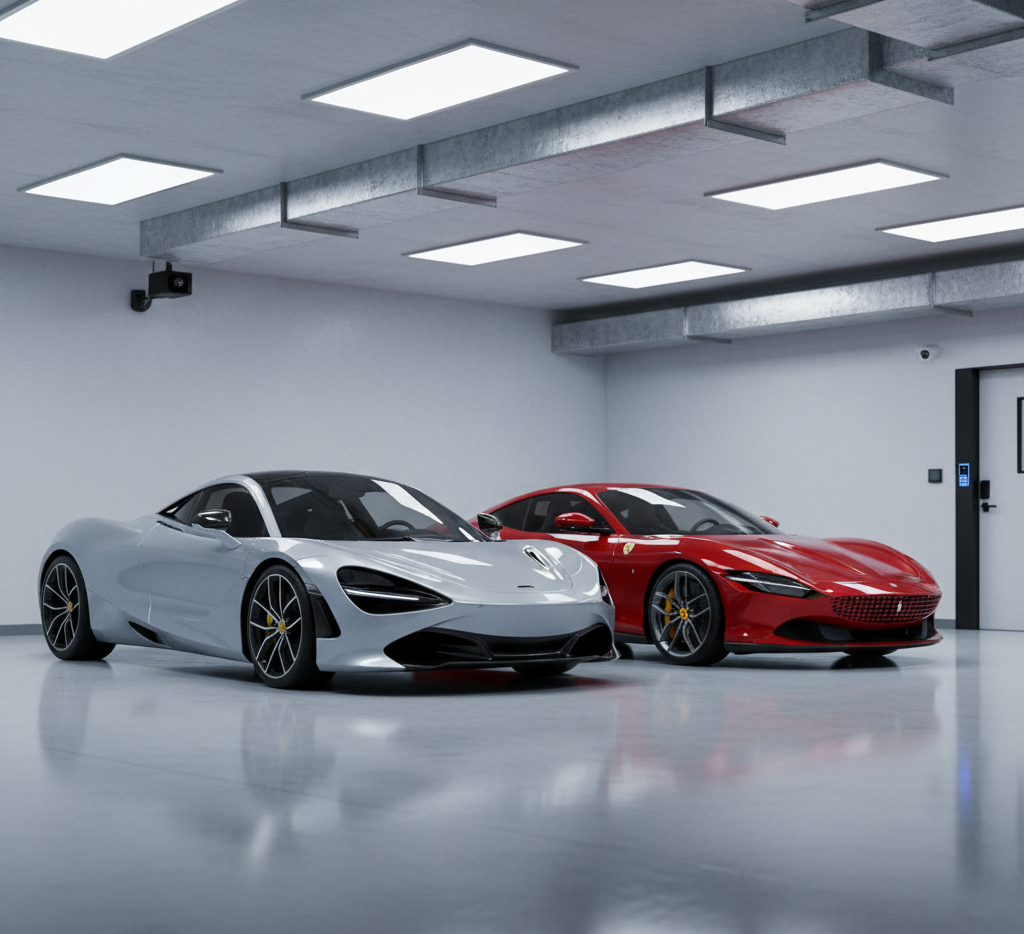
First, we perform a complete paint assessment and correction process. Any existing swirl marks, oxidation, or imperfections get addressed before the coating goes on. This isn’t optional—ceramic coating locks in whatever’s underneath.
Next comes the deep cleaning phase using marine-grade cleaners to remove every trace of salt, wax residue, and embedded contaminants. The surface gets clay-barred and alcohol-wiped to ensure perfect adhesion.
The ceramic coating application happens in controlled sections under proper lighting and temperature conditions. We use professional-grade graphene-infused coatings that bond at the molecular level. The curing process takes 24-48 hours in our climate-controlled facility, ensuring optimal performance from day one.
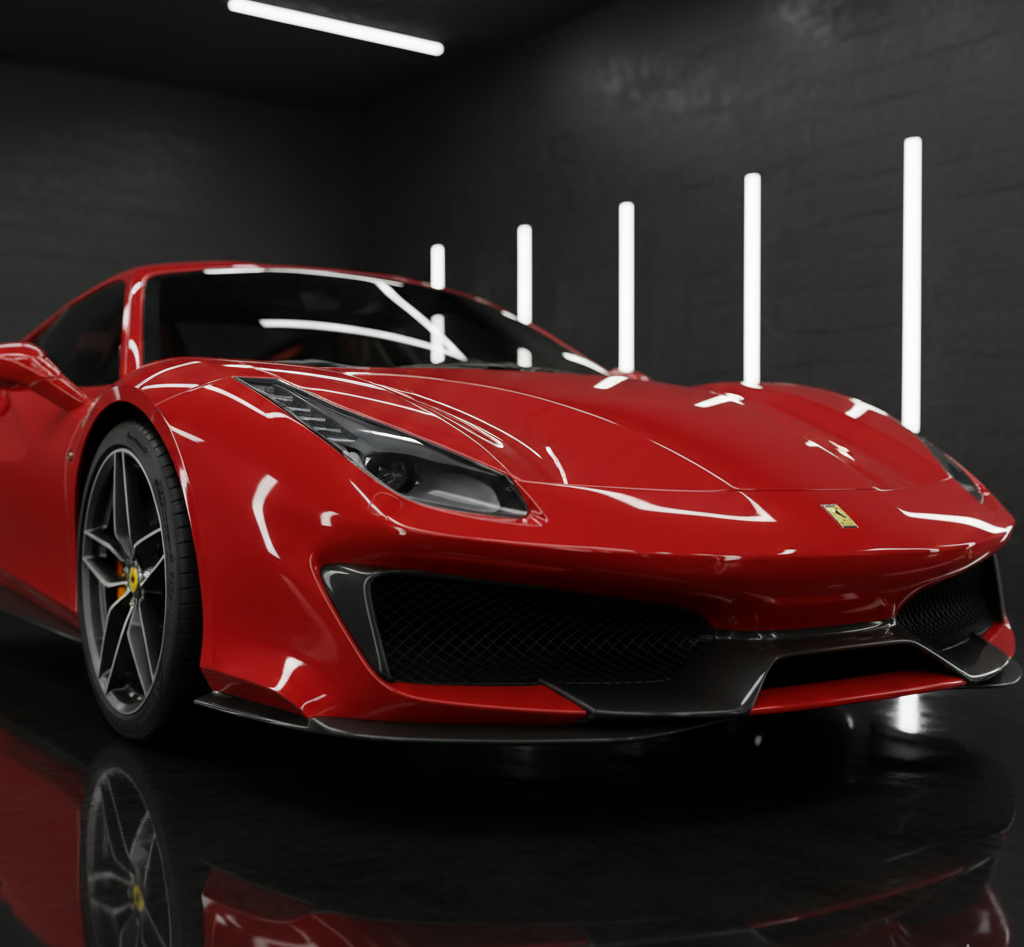
Ready to get started?
Our automotive ceramic coating packages use graphene-enhanced formulations that deliver up to 10 years of protection. These aren’t the spray-on products you find at auto parts stores—we’re talking about professional-grade coatings that create a permanent molecular bond.
For marine applications, we use specialized formulations designed specifically for saltwater environments. Regular automotive coatings fail in marine conditions. Our marine-grade ceramics resist salt corrosion, prevent algae buildup, and maintain their hydrophobic properties even after extended water exposure.
Water Mill’s unique location between Mecox Bay and the Atlantic Ocean means your vehicles face both saltwater spray and intense UV reflection from the water. Our coating selection accounts for these specific environmental factors, ensuring long-term performance in Hamptons conditions.
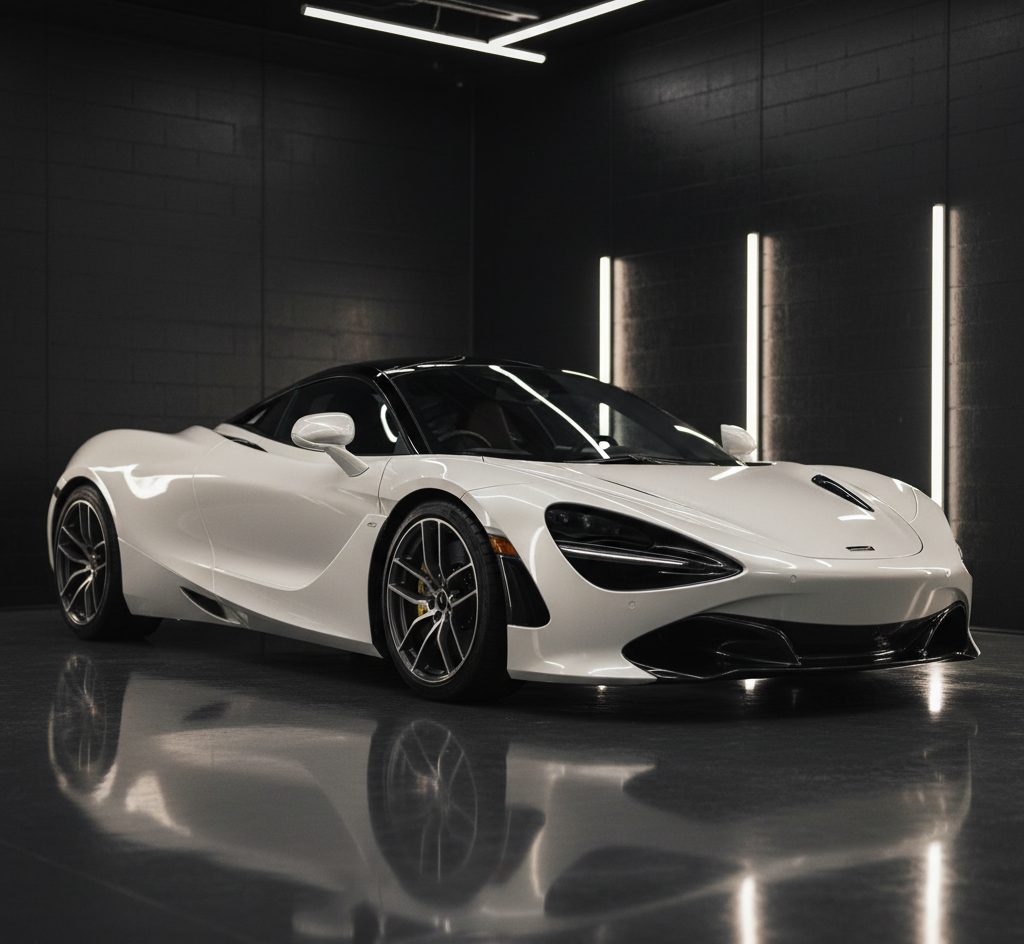
Professional-grade ceramic coatings last 2-10 years depending on the product tier and environmental conditions. The graphene-enhanced coatings we use are engineered for longevity, not quick profits.
Here’s what affects durability: exposure to salt air (common in Water Mill), UV intensity, and how often the vehicle gets used. A garage-kept exotic that sees weekend drives will maintain its coating longer than a daily driver yacht exposed to constant saltwater.
We warranty our work because we use coatings that actually perform. The cheap stuff fails within months. Professional applications with proper prep work deliver the protection timeline you’re paying for.
Marine ceramic coatings contain specialized chemistry that resists salt corrosion and maintains adhesion in wet conditions. Automotive coatings are designed for road contaminants and weather exposure on land vehicles.
The salt air around Water Mill and Mecox Bay creates unique challenges. Regular automotive coatings break down when exposed to constant saltwater spray and humidity. Marine formulations include corrosion inhibitors and enhanced UV protection designed for waterfront environments.
Using the wrong coating type is expensive. We’ve seen automotive coatings fail on boats within six months, requiring complete removal and reapplication. The right product for the right application saves money long-term.
Ceramic coating requires properly prepared surfaces for optimal adhesion. Heavily oxidized paint needs restoration before coating application—the ceramic locks in whatever condition exists underneath.
We start with paint correction to remove oxidation, swirl marks, and surface imperfections. This involves compound polishing and sometimes wet sanding for severe cases. Only after achieving a flawless base do we apply the ceramic coating.
Skipping proper prep is the biggest mistake in ceramic coating. The coating amplifies what’s already there—if the paint looks dull and oxidized before coating, it’ll look dull and oxidized after coating, just with better water beading.
Ceramic coating dramatically reduces maintenance compared to traditional wax, but it’s not maintenance-free. You’ll need periodic cleaning with pH-neutral soaps and occasional boost treatments to maintain optimal performance.
For Water Mill conditions, expect monthly rinses for garage-kept vehicles and bi-weekly cleaning for boats or cars exposed to salt air. The coating makes cleaning easier—dirt and salt rinse away with less scrubbing—but regular maintenance extends coating life.
Professional maintenance packages include annual inspections and boost applications. This keeps the warranty valid and ensures maximum protection throughout the coating’s lifespan. Neglecting maintenance voids warranties and reduces effectiveness.
Yes, ceramic coating can be applied over paint protection film (PPF) and actually enhances PPF performance. The ceramic coating adds hydrophobic properties and makes the film easier to clean while providing additional UV protection.
This combination is popular with exotic car owners who want maximum protection. PPF handles physical impacts like rock chips, while ceramic coating provides chemical resistance and easier maintenance. Together, they create comprehensive protection.
The application process requires specific techniques when coating over PPF. The film surface needs proper preparation, and cure times may vary. We’ve perfected this process for clients who demand the ultimate protection for their high-value vehicles.
Professional ceramic coatings can be removed through polishing if needed, though it requires skill to avoid paint damage. Minor coating damage often can be spot-repaired without full reapplication.
Common damage includes water spotting from hard water or chemical etching from bird droppings left too long. These issues typically affect only the coating surface, not the underlying paint. Professional assessment determines whether spot repair or full removal is needed.
Removal becomes necessary when switching coating types or if improper application caused issues. We use progressive polishing techniques that remove the coating while preserving the paint underneath. This allows for fresh application when needed.
Other Services we provide in Water Mill